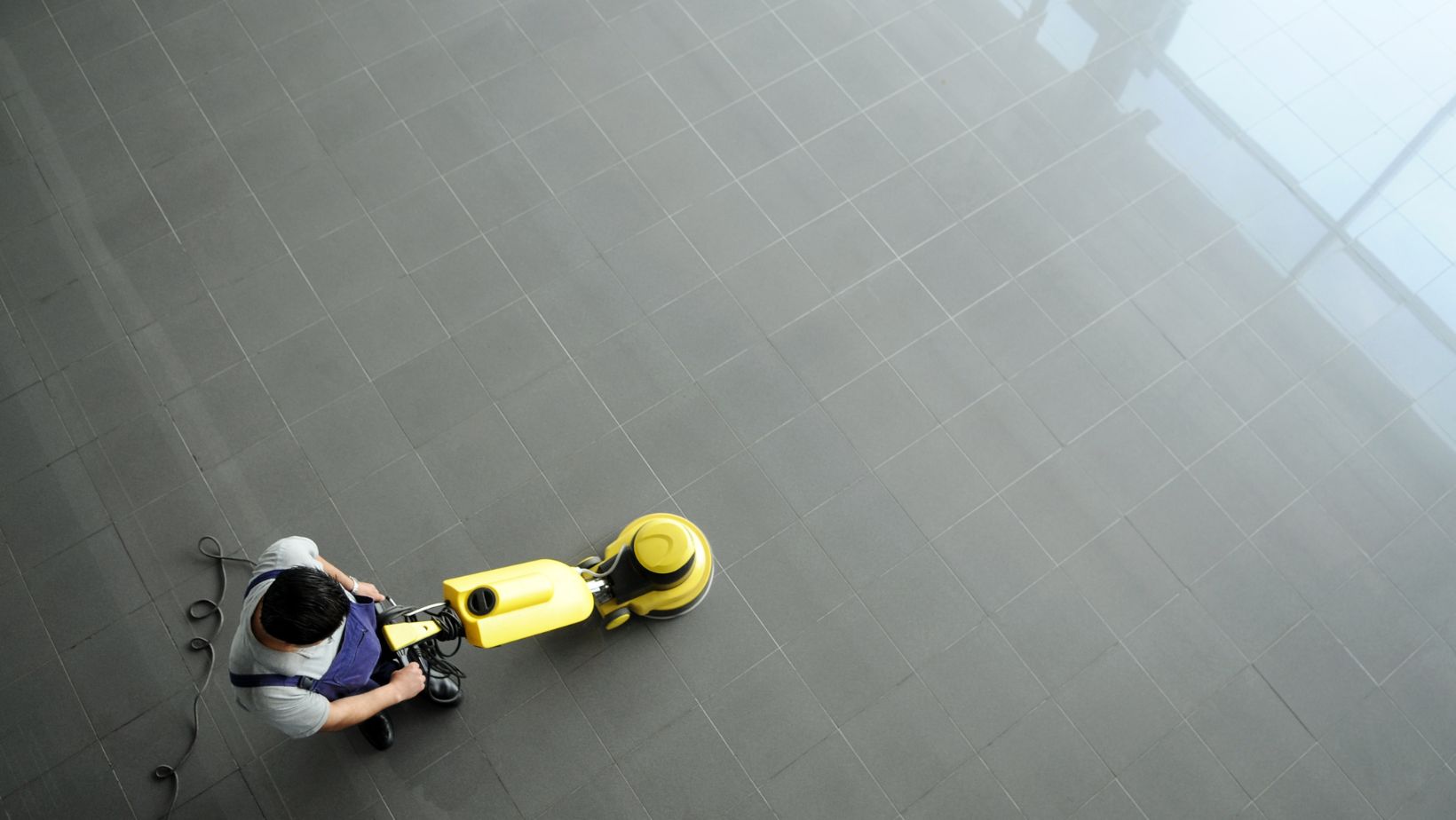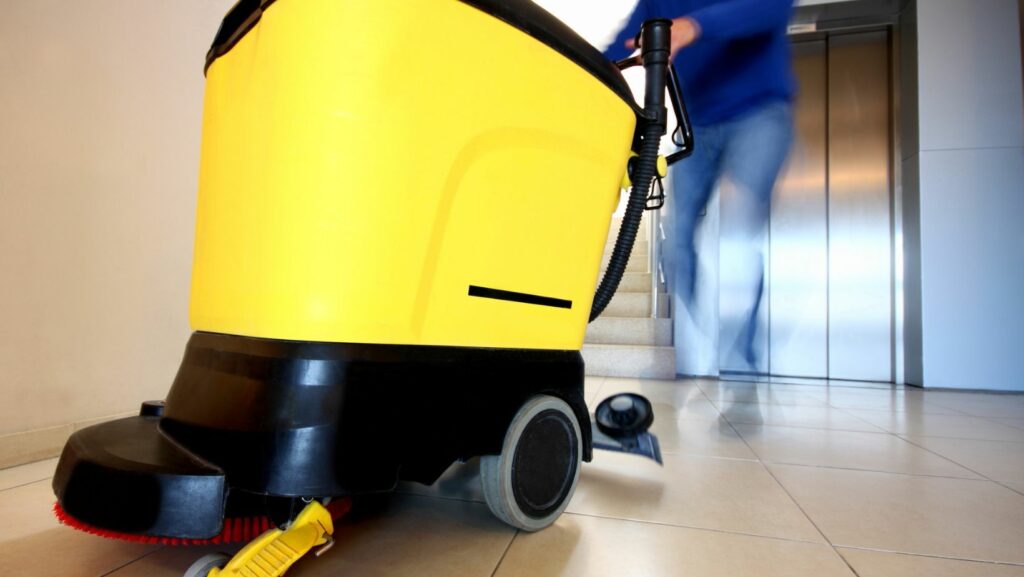Table of Contents
ToggleShark AI Vacuum
Having trouble with your Shark AI Vacuum? Don’t worry, I’m here to help you troubleshoot any issues you may be experiencing. Whether it’s a faulty connection or a malfunctioning sensor, let’s dive into some common problems and their solutions.
If your Shark AI Vacuum is not turning on, first make sure that it is properly connected to a power source. Check the power cord for any signs of damage and ensure that it is securely plugged in. If everything seems fine, try resetting the vacuum by turning it off and unplugging it for a few minutes before plugging it back in and powering it on again.
Another issue you might encounter is poor suction or cleaning performance. This could be due to a clogged brush roll or filter. Take a look at the brush roll located underneath the vacuum and remove any debris or hair that may have accumulated. Additionally, check the filters and clean or replace them if necessary to maintain optimal performance.
If you’re experiencing navigation problems with your Shark AI Vacuum, such as getting stuck or not navigating efficiently around obstacles, there are a few things to consider. Ensure that there are no loose objects or cords on the floor that may hinder its movement. Additionally, make sure that the sensors on the vacuum are clean and free from dust or dirt buildup.
- Poor Suction Power: One of the most common complaints is a decrease in suction power over time. If you notice that your Shark AI Vacuum isn’t picking up debris as effectively as before, there are a few things you can check. First, ensure that the dustbin is empty and properly installed. A full or incorrectly attached dustbin can hinder suction performance. Additionally, inspect the brush roll for any tangled hair or debris that might be obstructing its rotation. Cleaning or replacing the brush roll if necessary can help restore optimal suction power.
- Navigation Issues: The advanced navigation system of the Shark AI Vacuum is designed to effortlessly manoeuvre around obstacles and efficiently clean your home. However, occasionally it may encounter difficulties in navigating certain areas or getting stuck in tight spaces. To address this issue, check for any clutter on the floor that could impede its movement and remove it if needed. You may also need to recalibrate the sensors by resetting the vacuum according to the manufacturer’s instructions.
- Wi-Fi Connectivity Problems: The connectivity feature of a Shark AI Vacuum allows you to control and monitor it remotely using a smartphone app or voice commands through virtual assistants like Amazon Alexa or Google Assistant. If you’re experiencing difficulties connecting your vacuum to Wi-Fi or maintaining a stable connection, try moving closer to your router and ensuring that you’re using the correct network credentials. Restarting both your vacuum and router can also help resolve any temporary glitches.
- Error Codes: Occasionally, your Shark AI Vacuum might display error codes on its LED screen indicating specific issues it has encountered during operation. These codes typically come with an accompanying user manual that provides detailed explanations and troubleshooting steps. Refer to the manual for guidance on interpreting the codes and resolving any underlying problems.
- Battery Life Concerns: If you find that your Shark AI Vacuum isn’t running as long as it used to on a single charge, there are a few factors to consider. First, check if the battery contacts are clean and properly connected. Dirty or loose contacts can affect the charging efficiency. Additionally, if you frequently run your vacuum in high-power modes or have a large cleaning area, it may be normal for the battery to drain faster. However, if you believe there is a significant decrease in battery life, contacting customer support for further assistance could be beneficial.

How to Clean the Brushroll on a Shark AI Vacuum
Maintaining the brushroll of your Shark AI Vacuum is essential for optimal cleaning performance. Over time, debris and hair can accumulate, causing the brushroll to become less effective. In this section, I’ll guide you through the steps to clean the brushroll and ensure your vacuum continues to operate efficiently.
- Prepare for Cleaning Before starting, make sure your Shark AI Vacuum is turned off and unplugged from the power source. This will prevent any accidents or injuries while handling the brushroll. Find a clean surface where you can comfortably work on removing debris.
- Accessing the Brushroll To access the brushroll on your Shark AI Vacuum, locate the bottom cover or plate that encloses it. Depending on your model, you may need to use a screwdriver or release buttons to remove this cover. Refer to your user manual if you’re unsure about how to do this.
- Remove Debris and Tangles Once you’ve gained access to the brushroll, carefully remove any visible hair strands, strings, or other debris tangled around it using a pair of scissors or tweezers. Gently untangle any knots or snags that may have formed.
- Cleanse with Mild Detergent After removing larger debris, dampen a cloth or sponge with mild detergent diluted in water (follow manufacturer’s instructions) and wipe down the brushroll thoroughly. Pay close attention to bristles and brushes, ensuring they are free from dirt and grime buildup.
- Rinse and Dry Thoroughly Once cleansed, rinse off any residual soap by wiping down the brushroll with a damp cloth soaked in clean water. Allow it to air dry completely before reassembling it back into your Shark AI Vacuum.
- Reassemble and Test Carefully place back the bottom cover or plate onto your vacuum after ensuring that the brushroll is completely dry. Secure it in place according to the manufacturer’s instructions. Plug in your Shark AI Vacuum and test its functionality by turning it on and running it across a small area.

